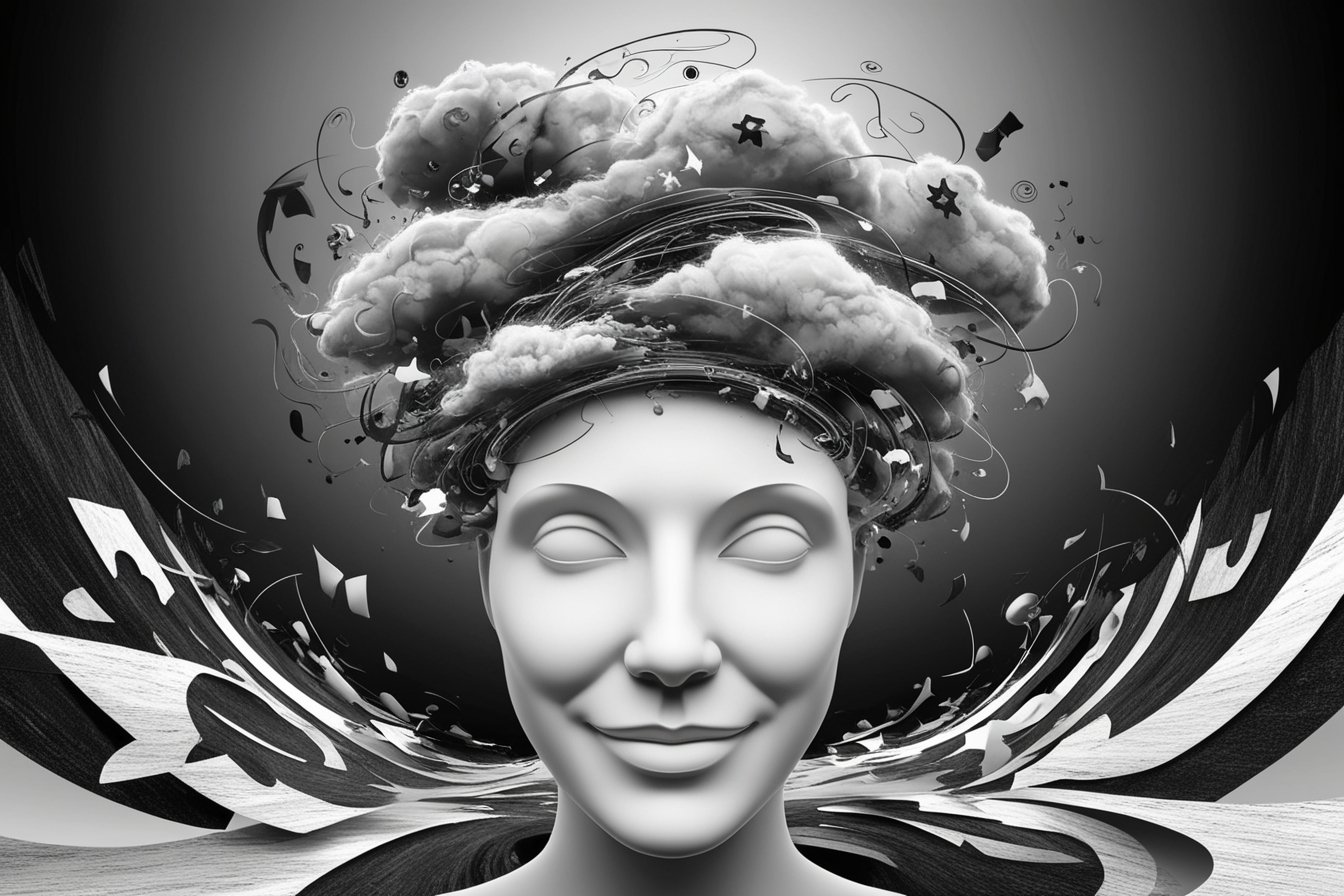Developing Creative Ability
Enhancing Creative Ability: Unlocking Human Potential
Creative ability is a cornerstone of human innovation and growth. It is the unique capacity to think differently, solve complex problems, and express ideas in innovative ways. In a world driven by rapid change and evolving challenges, enhancing creative ability has become more critical than ever. This article explores the essence of creativity, strategies to nurture it, and its transformative impact on various aspects of life.
What is Creative Ability?
At its core, creative ability is the process of generating new ideas, perspectives, or solutions that hold value. Unlike routine thinking, creativity involves stepping outside conventional boundaries to explore uncharted territories. Whether it’s composing a symphony, designing a new product, or finding a fresh approach to an age-old problem, creative ability fuels progress across disciplines.
The Science Behind Creativity
Creativity is often associated with brain functions such as divergent thinking, which generates multiple possibilities, and convergent thinking, which narrows them down to the most viable solutions. Neurological studies reveal that creativity engages diverse brain networks, including the default mode network responsible for imagination and the executive control network that evaluates ideas.
Key neurotransmitters like dopamine also play a role in fostering creativity by enhancing focus and motivation. Understanding these biological foundations underscores the importance of maintaining brain health through activities like regular exercise, balanced nutrition, and mindfulness practices.
Techniques to Enhance Creative Ability
1. Cultivating Curiosity
Curiosity is the bedrock of creativity. By asking questions, exploring new subjects, and seeking out diverse experiences, individuals expand their mental horizons. Activities like reading, traveling, and engaging in meaningful conversations stimulate curiosity and pave the way for creative breakthroughs.
2. Embracing Failure
Failure is an inevitable part of the creative process. Rather than fearing mistakes, viewing them as opportunities for learning fosters resilience and innovation. Thomas Edison’s invention of the lightbulb, which followed thousands of failed attempts, exemplifies the power of persistence in creativity.
3. Practicing Brainstorming
Brainstorming is a powerful technique for generating ideas. Whether done individually or in groups, this process encourages free thinking and the exploration of unconventional solutions. Combining brainstorming with structured tools like mind mapping or the Six Thinking Hats method can enhance its effectiveness.
4. Leveraging Technology
The digital age offers a plethora of tools to enhance creativity. From graphic design software like Adobe Creative Suite to AI platforms that generate music or art, technology expands the possibilities for creative expression. However, it’s essential to balance technological reliance with periods of offline reflection.
The Role of Environment in Creativity
1. Creating a Safe Space
A supportive environment is crucial for fostering creativity. When individuals feel safe to express their ideas without fear of judgment, they are more likely to take creative risks. Encouraging open communication, collaboration, and diversity of thought enriches the creative process.
2. Organizing Physical Space
The physical environment also influences creativity. Spaces designed with elements like natural light, greenery, and flexible layouts inspire innovation. For instance, companies like Google and IDEO have implemented creative workspaces that stimulate collaboration and imaginative thinking.
Learn about Google’s workspace design
Applications of Creative Ability
1. In Business and Entrepreneurship
Businesses thrive on creative solutions to meet customer needs, improve processes, and stay competitive. Startups, in particular, rely on innovative ideas to carve out niches and disrupt industries. Strategies like design thinking and agile methodologies encourage creativity within corporate settings.
2. In Education
Education systems that emphasize rote learning often stifle creativity. Incorporating project-based learning, interdisciplinary studies, and opportunities for self-expression nurtures students’ creative potential. Online platforms like Coursera and Khan Academy provide resources to support creative learning.
Explore Online Learning Platforms
3. In Arts and Culture
Artistic endeavors showcase the pinnacle of human creativity. Whether it’s painting, music, theater, or literature, art connects individuals across cultures and communicates profound ideas. Emerging technologies like virtual reality (VR) and augmented reality (AR) are pushing the boundaries of artistic expression.
Overcoming Creative Blocks
1. Taking Breaks
Sometimes, stepping away from a problem is the best way to solve it. Activities like walking, meditating, or engaging in a hobby can refresh the mind and reignite creativity.
2. Seeking Inspiration
Exposure to different cultures, art forms, or natural environments often sparks fresh ideas. Visiting museums, attending workshops, or simply observing the world around you can provide valuable inspiration.
3. Building a Routine
Creativity flourishes within disciplined routines. Allocating time for focused work, setting achievable goals, and maintaining a consistent schedule helps channel creative energy effectively.
Conclusion
Creative ability is not a talent reserved for a select few; it is a skill that can be nurtured and developed. By fostering curiosity, embracing failure, and creating supportive environments, individuals and organizations can unlock their full creative potential. In an ever-evolving world, the power to think differently is a priceless asset that drives progress, enriches lives, and shapes the future.
